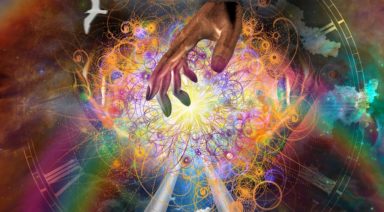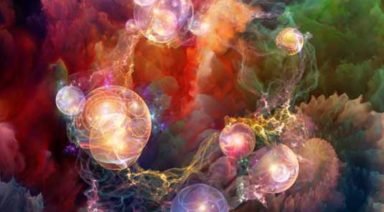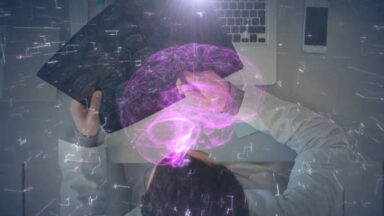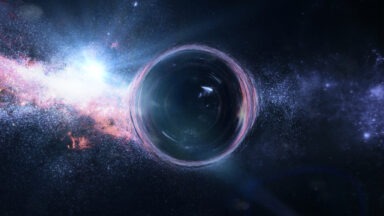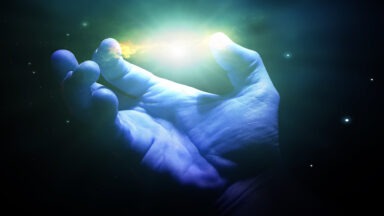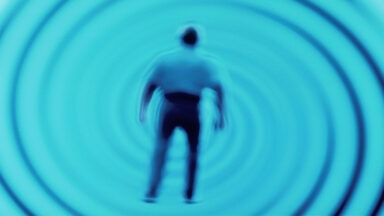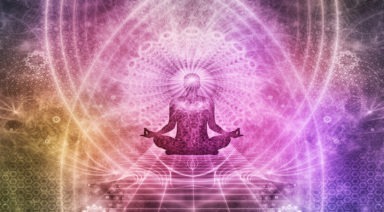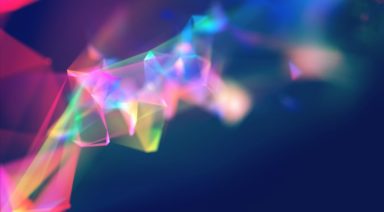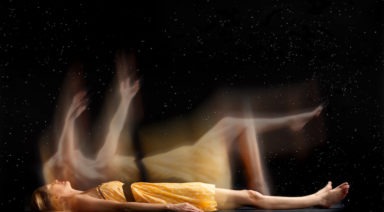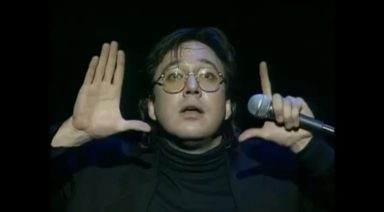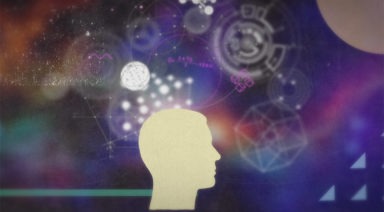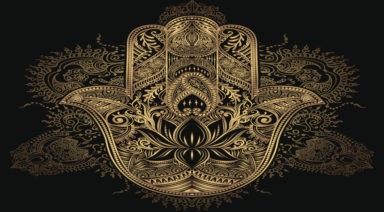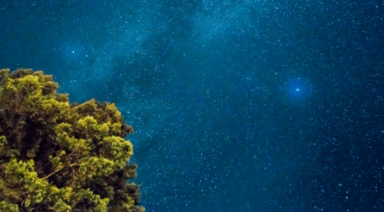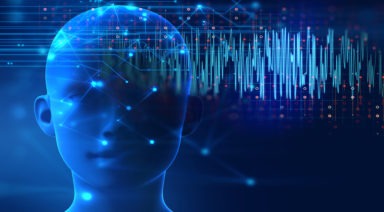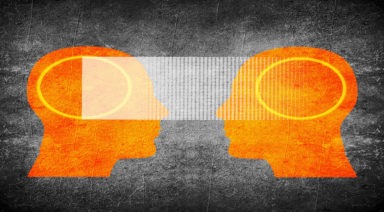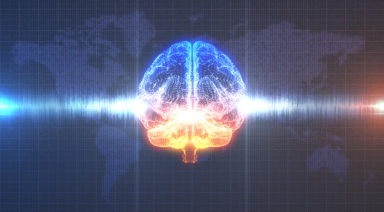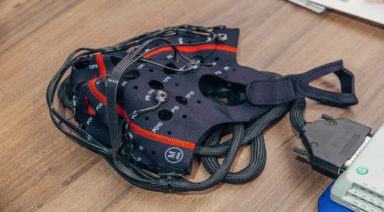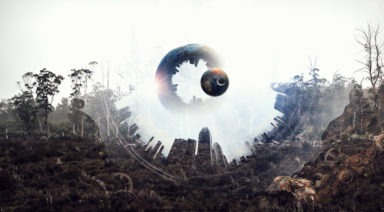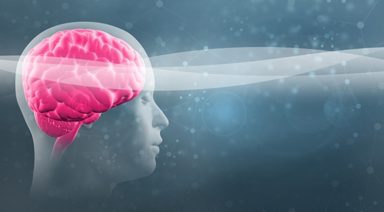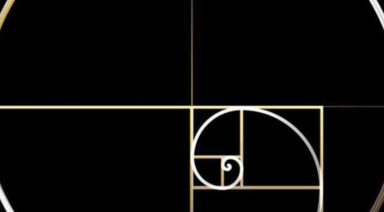Consciousness Might Be Explained By Multiple Personality Disorder
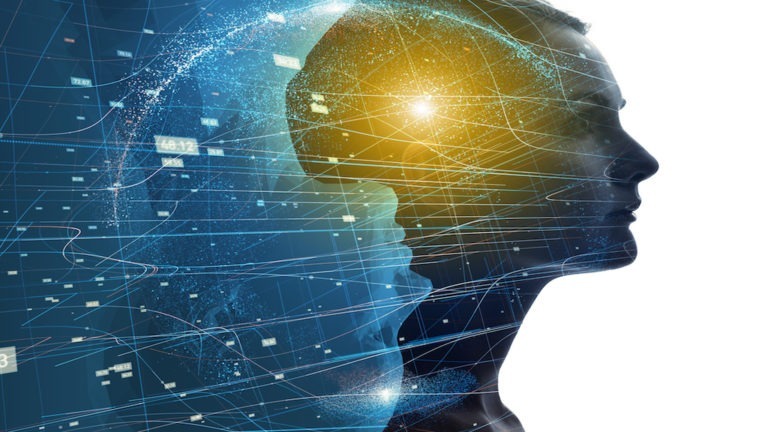
The idea that our sentience may be the product of a conscious universe experiencing itself is not a new one – in fact, it’s the central philosophy behind more than one religion, i.e. Hinduism, Buddhism. But now, a paper published by philosopher Bernardo Kastrup, has laid out a convincing argument to reconcile this idealist theory with dissociative identity disorder (DID), otherwise known as multiple personality disorder.
Those suffering from DID exhibit at least two disparate personalities experiencing reality through distinctly separate lenses, despite inhabiting the same physical body. These personas, known as “alters,” can sometimes be completely unaware of each other’s being, compartmentalizing their lives and essentially leading parallel existences.
Scientists discovered that DID sufferers’ various alters can affect attributes of the body to the point that brain functions will literally change when a new personality takes over. For instance, EEG tests showed that the region of the brain associated with vision actually shut down while a blind alter took over a patient’s body. When a sighted alter took over, that region of the brain resumed normal function.
It’s undoubtedly difficult to lead a normal life if you suffer from DID, but if it’s possible for this level of dissociation, in which multiple personalities with their own sense of individual self can occupy a single psyche, then what’s to say that an analogous mechanism isn’t at work in the relationship between our individual consciousness and a greater universal consciousness?
Kastrup likes to call this universal consciousness “mind at large,” and he describes our relationship with it like the essence of a tree. Our individual psyches branch off in their own directions, but at their roots beneath the soil, they grow out of a greater individual organism. And the reason we’re unable to see that connection is due to that layer of soil, or what Kastrup refers to as the obfuscation of our collective consciousness.
Maybe a better example of this can be seen through the individual neuron in the brain; a microscopic cell that receives, processes, and transmits information through electrical and chemical signals. There are billions of individual neurons throughout the brain, connected through dendrites and axon fibers, which pick up small bits of data to transfer and inform the greater organ as a whole.
Our individual consciousness is much like an individual neuron in the brain, receiving, processing, and transmitting data between other neurons within synapses and neural circuits, informing the greater whole we call society and humanity. This comparison is even more intriguing when you compare images of a simulated map of the known universe with the brain cells of a living being; the similarities are uncanny.
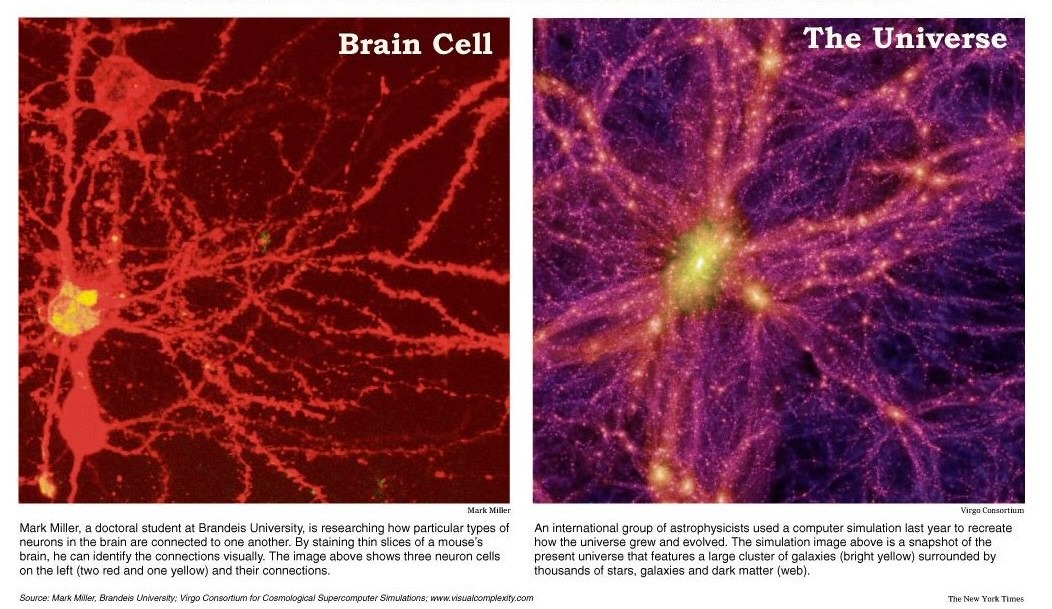
Kastrup is a staunch opponent of the materialist view that our mind is a product of the brain. This view says that the physical world, or matter, is the fundamental substance of nature, and that it dictates reality. It says our minds, and subsequently our consciousness, can be reduced to the product of predictable, physical interactions in the brain, explained through metrics such as mass, momentum, charge, and spin.
But materialism has an irresoluble issue, known as the hard problem of consciousness; that these metrics used to define matter can’t be applied to our subjective experience of reality. We have no universal measurement to describe the way something makes us feel. Try explaining the color red or the happiest you’ve ever felt – qualia prevent our consciousness from being defined by these standards.
And according to Kastrup, any attempt to solve the hard problem of consciousness by viewing consciousness as the product of our reality is futile. Conversely, viewing reality as the product of our consciousness makes the hard problem of consciousness a moot point. You can’t prove that this reality exists without consciousness, and if we continue to try to argue this point we find ourselves trapped in circular reasoning.
There’s no consciousness in our body/brain system, our body/brain system is in consciousness. Our brain is a second-person perspective of a first-person experience. These are Kastrup’s intrinsic tenets.
When we look back at the cosmos, or our reality, we’re observing the universe’s mental processes outside of our own individual alter. Our lives are a dissociative process of the universe’s consciousness and everything we see is simply another dissociative process of the mind at large.
Has Kastrup’s monistic idealism solved the hard problem of consciousness or simply sidestepped it?
Watch the documentary Conscious States of Dying in which Stanislav Grof discusses various cultures’ perspectives on our state of consciousness after death:
Akashic Records for Beginners: Can We Access Our Akashic Records?
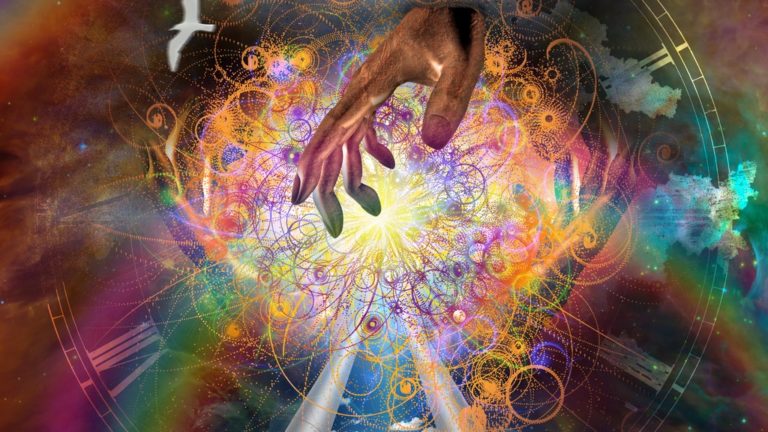
Are the Akashic Records some cosmic repository of endless file cabinets in infinite hallways and stacks? Where did this concept come from? Do these records exist in time and space like a galactic internet? How do we access the Akashic Records?
In this article, we’ll go over:
- What are Akashic Records
- The history of Akashic Records
- Who can read Akashic Records
- How to access your Akashic Records
What Are The Akashic Records?
While many describe or explain the concept in different ways, in essence, the Akashic Records are believed to be the repository of every thought, word, and deed of every living being, good, bad, and awful, in all times; past, present, future. It’s a compendium of knowledge of all life forms and entities. But those familiar with the records report that there is no judgment or implied penalty in the records — they are said to simply be a record of each soul’s journey through the infinite.
History and Origin of the Akashic Records
One of the earliest references to the Akashic Records in modern times was made by Helena Blavatsky, founder of the Theosophical movement in the late 19th century. Theosophy is an esoteric belief system that incorporates philosophical tenets from eastern religions while maintaining that “there is no religion higher than Truth.”
Blavatsky claimed she learned of the records from Tibetan monks, or “mahatmas” who said the records could be found in the “akasha,” or “akasa,” the Sanskrit word for astral light, or the ether element in eastern belief systems. This fifth element of space is considered the fundamental fabric of reality from which all other elements emerge — the source of material reality. The eastern idea of karma is a major facet of the akashic records.
These “Masters of the Ancient Wisdom,” as Blavatsky referred to them as, taught her clairvoyance, psychic abilities, and astral projection. She used these tools to channel information from the akashic records and built a large following of Theosophists, including some famous ones.
Metaphysician Rudolf Steiner also referenced the Akashic Records, asserting that every action, word, and thought leaves a trace in etheric realms. Contemporary physicist Ervin Laszlo explores concepts of Akasha from the perspective of science, concluding that the Akasha contains templates for human ideals such as harmony and equanimity. This is reflected in his “Akasha Paradigm,” which he relates to the evolutionary processes of human beings.
Those who subscribe to Akashic record models often reference the Book of Life first mentioned in the old testament (Exodus). Biblical scripture asserts that a record of every life is kept in heaven, and it is from these records that souls are judged.
Explorations of the akashic field were also a major focus of the writings and work of Edgar Cayce. Cayce’s Akashic studies posited that there is a storehouse of information in a non-physical plane of existence, which maintains a record of every soul’s past, present, and future. Cayce’s readings are some of the best known.



